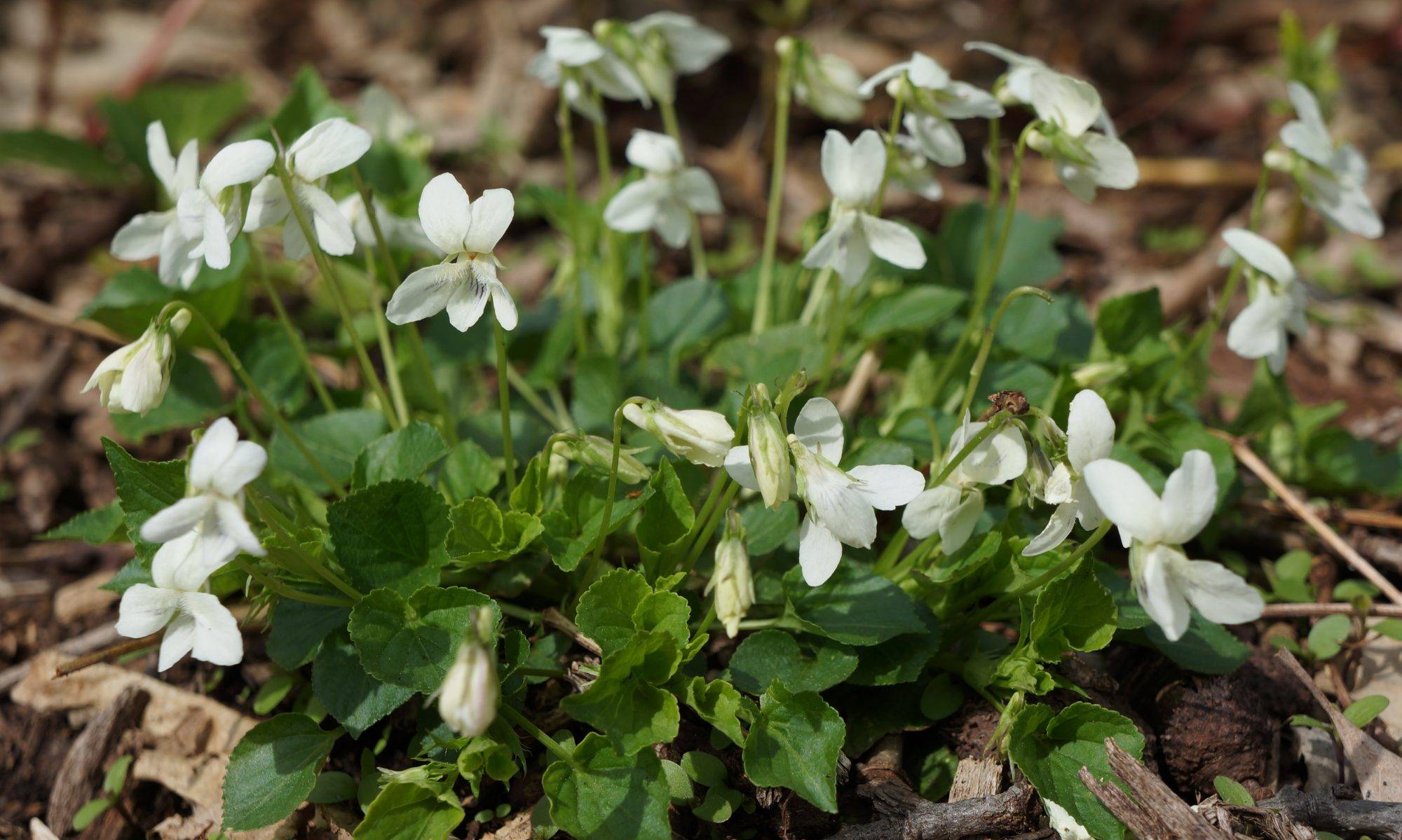General Garden Care
Remove winter debris from lawn and garden beds. Remove burlap screens erected to protect plants from wind or road salt spray.Consider a soil test of your entire yard or specific garden areas if you have not had one before. Soil temperature must be 50 degrees for a proper reading. Tests can also be performed in the fall.To avoid compacting garden soil, wait until it has dried out before tilling, planting, or even walking in the garden beds. Mix in 6 inches or more of compost or leaf mold to lighten heavy soil.
Indoor Plant Care
If not done in late March, sow seeds indoors for warm-season vegetables like tomato and pepper plants and summer-blooming annuals. Most seeds take six to eight weeks from germination to outdoor planting.Continue to bring houseplants inside at night but outside during warm days, when night temperatures are consistently 40 to 50 degrees. When in doubt, wait until mid-May before placing houseplants permanently in the garden.
Annual and Perennial Care
Plant perennials, hardy ornamental grasses, and roses. Divide mature summer- and fall-blooming perennials when they are 4 to 6 inches tall. Do not divide day lilies (September), Oriental poppies (July), or iris (late July) at this time. Fertilize spring-flowering bulbs with a granular 5-10-5 or 10-10-10 mix as new green growth emerges or when they finish flowering. Divide older bulbs in need of rejuvenation. Replant in sunny spot. Bulbs prefer locations that are not heavily watered during summer dormancy. Therefore do not overplant perennial bulbs with summer annuals. If botrytis blight or bud blast was a problem with peonies last year, spray newly emerging plants with an approved fungicide when the plants are 2 to 4 inches tall. Avoid overhead watering. If fungus persists, consider relocating peonies in the fall to a more open, full-sun site. If weeds were a problem last year, spread a pre-emergent weed control over lawn as weather and temperature permit. Alternatively, consider hand-pulling weeds or spot-treating weeds. Serious infestations often require several treatments to control the problem.
Fruit, Vegetable, and Herb Care
Plant small transplants of asparagus, early potatoes, lettuce, radish, mustard, onions, peas, rhubarb, spinach, turnips, cauliflower, carrots, and all other cool-season crops as weather permits. Plant midseason potatoes in mid-April. Plant strawberries and pinch off first-year flowers to develop strong root systems. Later in the month, harden off warm-season vegetable and flower transplants in a cold frame, or bring flats of small transplants outside to sunny, protected areas — but bring them back in at night. If necessary, spray fruit trees with dormant oil for insect control. Spray routine will last until two weeks after petal drop. Wet weather will only aggravate the problem.
Rose Care
Begin uncovering roses. Remove mulch and hose away mounded soil. Avoid using sharp tools around base of rosebush. Topdress soil around roses with a 6-2-0, organic, slow-release fertilizer such as Milorganite.
Grass Care
Crab grass control can be spread on lawns in early to mid-April before weeds germinate. For severe problems, a second application might be necessary in early June.
